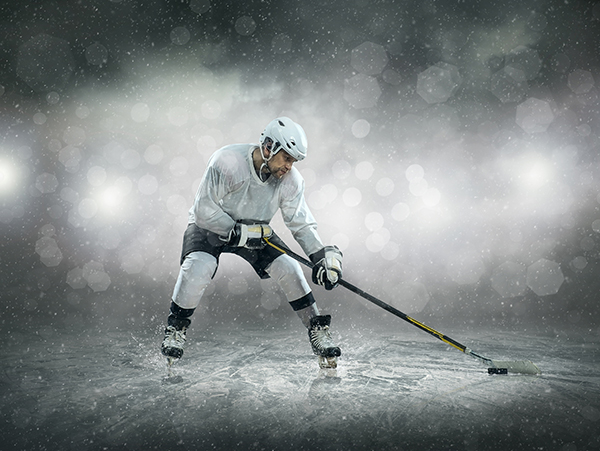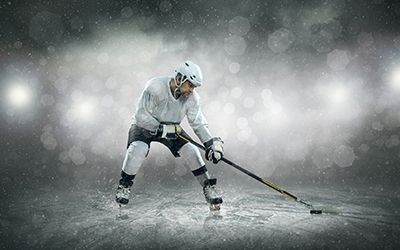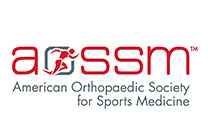
Athletic groin injuries are prevalent in sports that involve sudden starts and stops, twists and turns, and explosive movements. Sports medicine doctors typically see groin injuries in athletes who participate in sports such as football, soccer, hockey, martial arts, and hurdling. Injuries can be a result of an acute injury, such as a fall, a blow to the groin region, or a sudden muscular movement. Overuse or repetitive movements are also a leading cause of groin injuries.
Symptoms of a groin injury can include:
- Pain ranging from mild to severe)
- Swelling and/or bruising
- Reduced mobility
- Weakness in the legs
- Stiffness
- A sudden pop or snap accompanied by discomfort or pain
Athletes who experience any of the above symptoms, whether intermittently or consistently, should be seen by a sports medicine specialist. Due to the complexity of the groin region, groin injuries are often difficult to diagnose. A timely, accurate diagnosis is crucial to the severity and recovery of an injury.
Strategies for groin injury prevention:
- Always warm up and stretch before practice and play. Stretch the entire body, not only focusing on the groin region, but the hamstrings, and quadriceps as well.
- Strengthen inner and outer thigh muscles (abductors and adductors)
- Strengthen core muscles
- Rest - always take intentional rest days to allow worked muscles time to repair fully.
- Incorporate sport-specific movement training (with the help of a physical therapist)
Athletes who experience a groin injury should apply the “RICE” method (Rest, Ice, Compression, and Elevation). Taking over-the-counter medications, such as ibuprofen and Tylenol, can provide temporary pain relief. If these methods fail to provide relief, get an assessment by a groin specialist. Treatment of groin injuries can include rest, physical therapy, and sport-specific training. If conservative measures fail to provide relief, surgery may be recommended. Depending on the severity of your injury, recovery time can vary. It’s important that you take adequate rest, drink plenty of water, eat a healthy diet, and adhere to your physician's instructions to ensure a full recovery.
If you or your athlete suffers from a core-related injury, it could be the groin. Dr. Bharam at The Hip Preservation & Groin Center specializes in treating complex groin injuries for athletes.
AUTHOR: Srino Bharam MD, MBA is a board-certified, fellowship-trained sports medicine orthopedic surgeon and professor of orthopedic surgery specializing in the treatment of athletic injuries of the hip and groin. Dr. Bharam has over 20 years of experience in treating injuries and conditions of the hip to restore athletes and patients to an active lifestyle.












